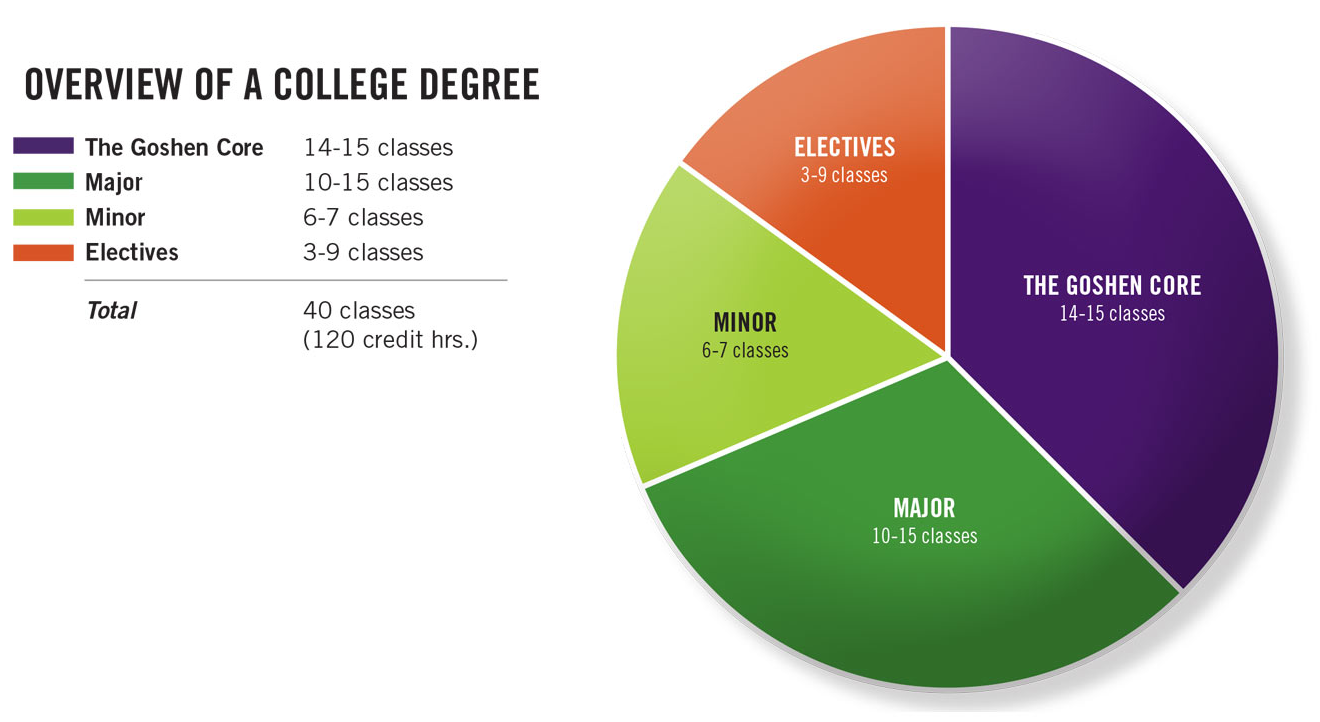CoreClasses
CORE is a training center made up of 10 classes, which are available for anyone at CBC. These classes are designed for believers to grow and develop as Christ-followers in three foundational areas that you will find below. A core class is a class that has 20 fully detailed levels of advancement. The following eleven classes represent the core classes of the game. Barbarian The barbarian is a brutal berserker from beyond the edge of civilized lands. Bard The bard uses skill and spell alike to bolster his allies, confound his enemies, and build upon his fame. Cleric A devout follower of a deity, the cleric can. Core classes allow the NCAA to standardize its NCAA eligibility requirements. Of course, other types of classes such as those related to music, art and physical education are valuable parts of your high school experience and will be ones that you’ll likely take value from for the rest of your life.
Core Courses
NCAA schools require college-bound student-athletes to build a foundation of high school courses to prepare them for the academic expectations in college.
What are core courses?
Not all high school classes count as NCAA core courses. Only classes in English, math (Algebra 1 or higher), natural or physical science, social science, foreign language, comparative religion or philosophy may be approved as NCAA core courses. Remedial classes and classes completed through credit-by-exam are not considered NCAA core courses.
Classes that are NCAA core courses include:
- English: English 1-4, American Literature, creative writing
- Math: Algebra 1-3, Geometry, statistics
- Natural of physical science: biology, chemistry, physics
- Social science: American History, civics, government
- Additional: comparative religion, Spanish 1-4
Classes that are not NCAA core courses include:
- Classes in non-core areas, fine arts or vocations such as driver education, typing, art, music, physical education or welding.
- Personal skill classes such as personal finance or consumer education.
- Classes taught below grade level, at a slower pace or with less rigor or depth. These classes are often titled basic, essential, fundamental or foundational.
- Classes that are not academic in nature such as film appreciation, video editing or greenhouse management.
If you take a high school class such as Algebra 1 or Spanish 1 before you start ninth grade, the class may count for your 16 core courses if it is on your high school’s list of approved core courses and is shown on your high school transcript with a grade and a credit.
Credit
You can earn credit for a core course only once. If you take a course that repeats the content of another core course, you earn credit for only one of these courses and the higher grade counts toward your core-course GPA. Memtest for mac os.
Generally, you receive the same number of credits from the NCAA for a core course that you receive from your high school for the class. One academic semester of a class counts for .5 of a core course credit. One academic trimester of a class counts for .34 of a core-course credit. One academic quarter of a class counts for .25 of a core-course credit. A one-year class taken over a longer period of time is considered one core course and is not awarded more than one credit.
Core Classes In High School
Division I additional core course



Utrgv Core Classes

Division I schools allow you to complete one additional core-course unit after you graduate high school, as long as you graduate in eight semesters after you begin ninth grade. The additional core-course unit must be completed within one year after your high school graduation and must be completed before you enroll in college.
The additional core course unit may be taken at a different school than the high school from which you graduated as long as the class is on the new school's list of approved NCAA core courses. If you take the additional core course at a school other than the school from which you graduated, you must provide the NCAA Eligibility Center with an official transcript from the new school showing the additional core-course grade and credit.
Core Classes Meaning
If you take the additional core course through a program that does not award credit, the course must be awarded credit by a credit-awarding high school.
